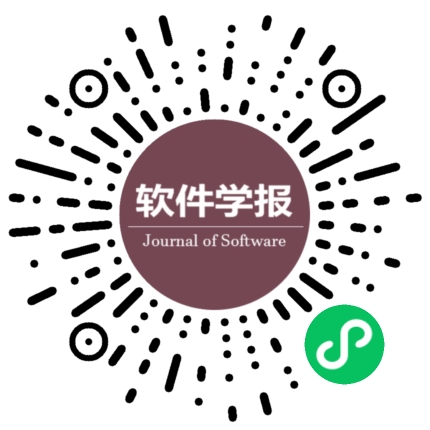API使用的关键问题研究
作者:
作者单位:
作者简介:
李正(1985-),男,天津人,博士生,主要研究领域为软件工程,系统安全;吴敬征(1982-),男,博士,副研究员,主要研究领域为系统安全,漏洞挖掘,移动安全;李明树(1965-),男,博士,研究员,博士生导师,CCF会士,主要研究领域为操作系统深度设计,可信软件过程以及基础软硬件核心技术与应用.
通讯作者:
李明树,E-mail:mingshu@admin.iscas.ac.cn
中图分类号:
基金项目:
国家科技重大专项(2014ZX01029101-002);国家自然科学基金(61772507)
Study on Key Issues in API Usage
Author:
Affiliation:
Fund Project:
National Science and Technology Major Project (2014ZX01029101-002); National Natural Science Foundation ofChina (61772507)
引用本文
李正,吴敬征,李明树. API使用的关键问题研究.软件学报,2018,29(6):1716-1738
复制相关视频
分享
文章指标
- 点击次数:
- 下载次数:
- HTML阅读次数:
历史
- 收稿日期:2017-09-18
- 最后修改日期:2017-11-29
- 录用日期:
- 在线发布日期: 2018-02-08
- 出版日期:
文章二维码

您是第位访问者
版权所有:中国科学院软件研究所 京ICP备05046678号-3
地址:北京市海淀区中关村南四街4号,邮政编码:100190
电话:010-62562563 传真:010-62562533 Email:jos@iscas.ac.cn
技术支持:北京勤云科技发展有限公司
版权所有:中国科学院软件研究所 京ICP备05046678号-3
地址:北京市海淀区中关村南四街4号,邮政编码:100190
电话:010-62562563 传真:010-62562533 Email:jos@iscas.ac.cn
技术支持:北京勤云科技发展有限公司



